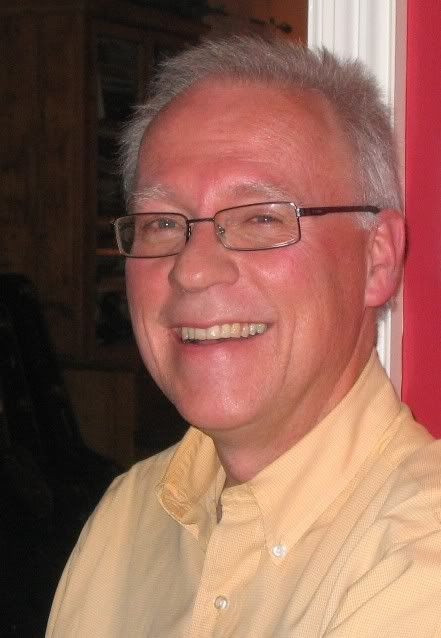[Sent – 14 April 2020 to the 170+ surgeons et al of our Surgical Ethics (Education) Consortium]
Good morning. For ‘Surgical Ethics Education Resources #31’, I am sharing with you an attempt during the COVID-19 pandemic to raise awareness of and to press for insight into the disproportionate risk, suffering, and death faced by vulnerable ethnic populations among our patients. Here in St. Louis, patients residing in predominantly African American sections of the city are tracking toward the worst scenario public health models while the city overall is tracking toward the best scenario public health models as the peak for a COVID-19 surge reaches St. Louis. Not surprisingly, the overall impression absorbs (conceals?) the experience of vulnerable sub-sets of the city’s population. One of our BJC network of hospitals is located in the hardest hit section of the city. For the past decade, I have led the hospital’s ethics consult team and am now assisting the hospital’s recently constituted COVID-19 triage team. Last week I sent to these front-line medical staff and nursing staff leaders (as well as to the hospital’s full ethics committee) links to four recent newspaper articles in the St. Louis American. For more than a century, the St. Louis American has reported local, state, and national news through an African American lens. Issues are published weekly, available throughout the city, and free. I have inserted below the links to these four St. Louis American articles as examples of a way to alert, to remind, and to encourage caregivers to be mindful of those easily overlooked and poorly understood as they make/implement excruciating decisions about (re)distributing severely limited resources. I hope you have a few minutes to take a look. What patient groups in your communities are experiencing disproportionate risk, suffering, and death during the COVID-19 pandemic? I suspect your communities have resources such as the St. Louis American that draw attention to these patient groups (essentially call for ‘respect’, meaning to be seen). How can you use these resources to advocate for those patients too/so easily missed on the margins/periphery of who is included in ‘the public’, ‘the community’, in ‘we/us’? Doug
__________________
http://www.stlamerican.com/news/local_news/black-st-louis-left-behind-in-covid-19-testing-supplies/article_c70a05f4-7451-11ea-8571-832f999891aa.html
http://www.stlamerican.com/news/columnists/guest_columnists/why-north-st-louis-city-needs-a-covid-19-testing-site-now/article_59851be4-7029-11ea-8a47-33453dfbc765.html
http://www.stlamerican.com/news/local_news/covid-19-and-structural-racism/article_65fb3012-79c4-11ea-8cf9-e336755de3ea.html
http://www.stlamerican.com/news/columnists/guest_columnists/now-is-the-time-to-prioritize-older-adults-before-it-s-too-late/article_23c02c8a-72b1-11ea-bb49-8b8e17551334.html
__________________
